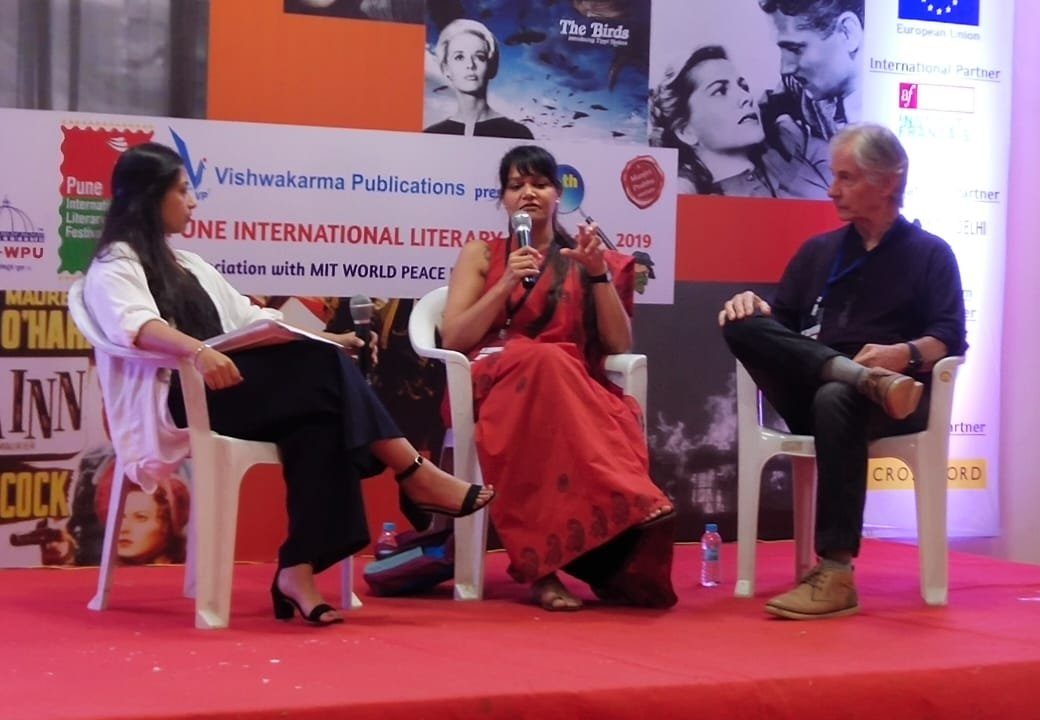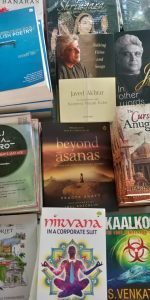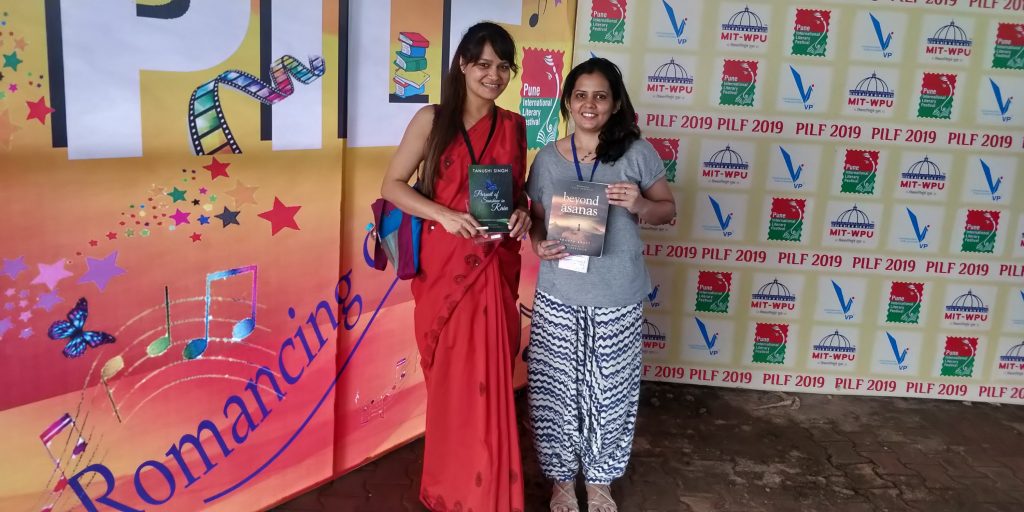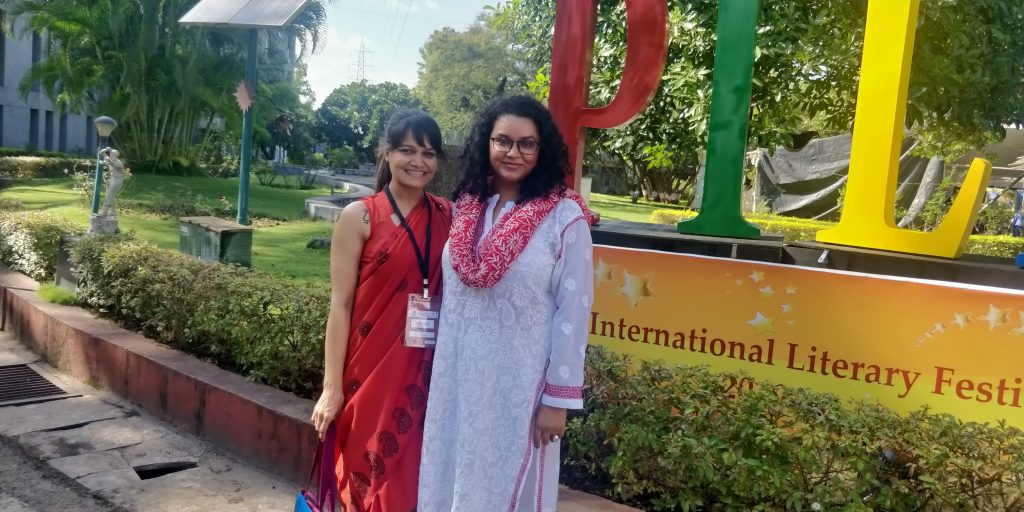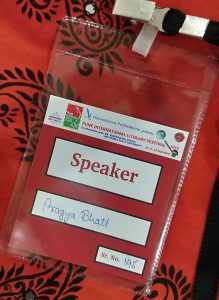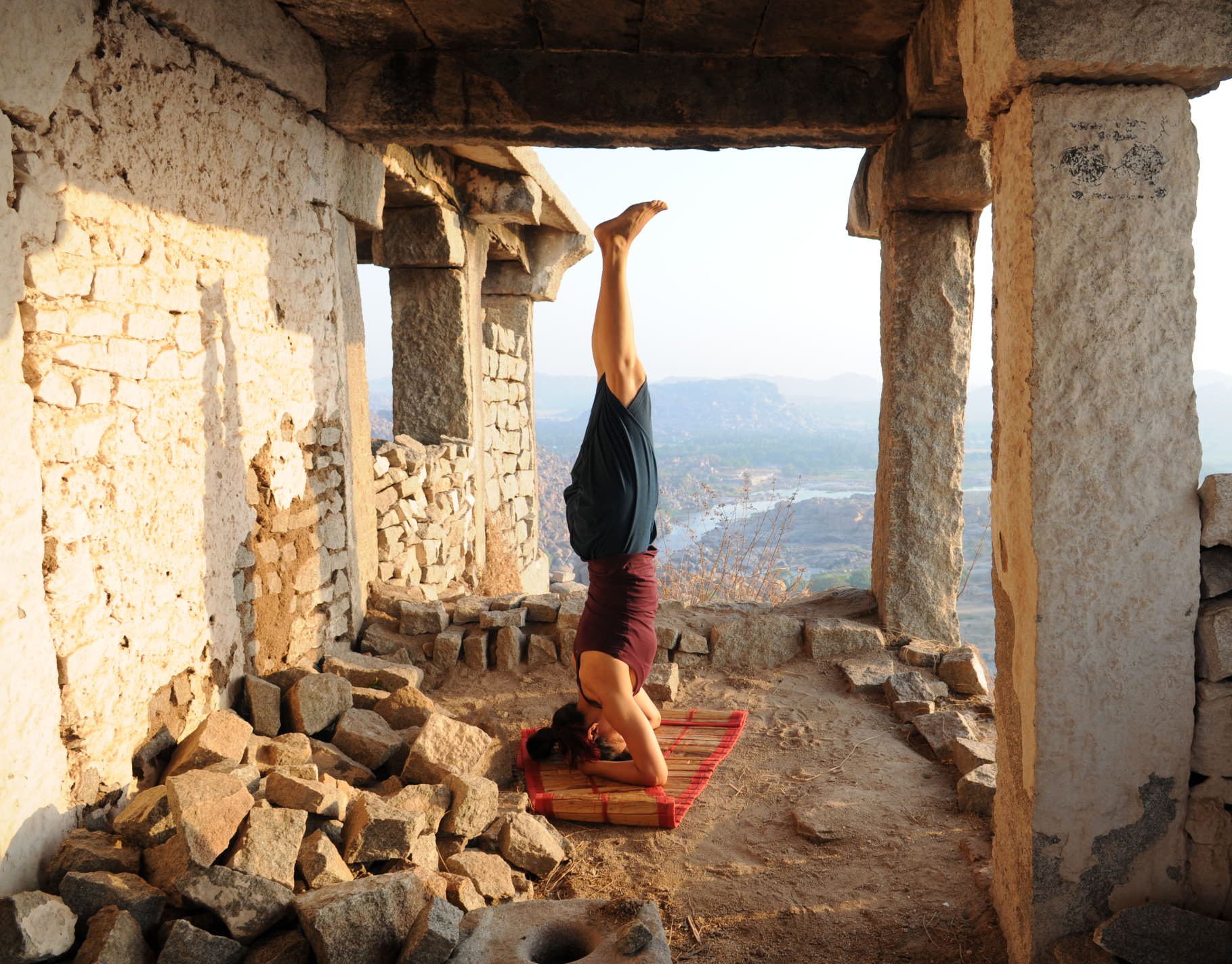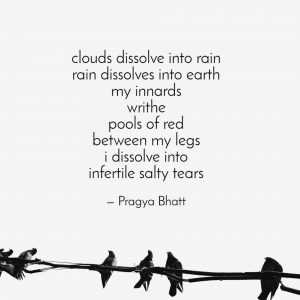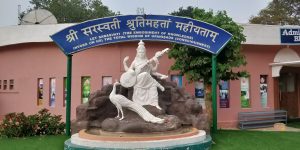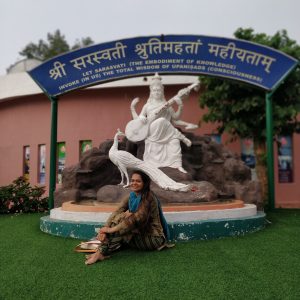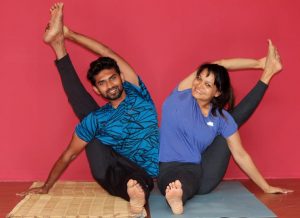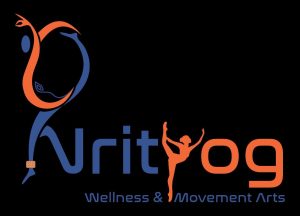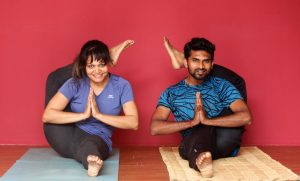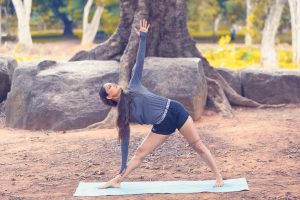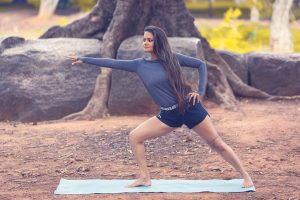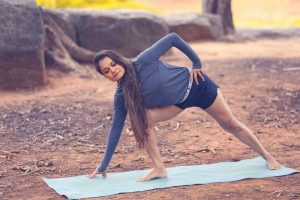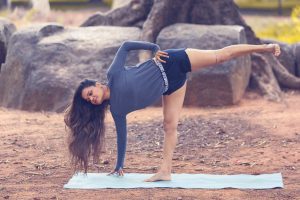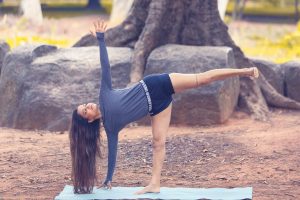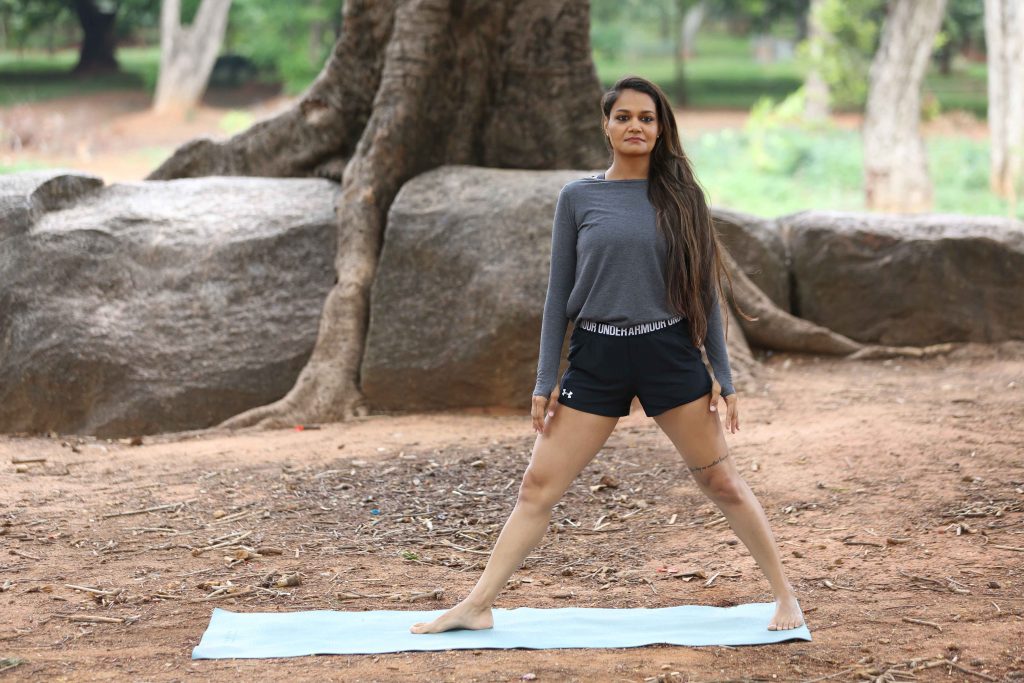After we were done with our session at the Pune international Literature Festival, Joel and I were inundated with questions. I wish we’d had enough time to answer everyone’s questions, but we had time for only a few. During our chat I mentioned that while I was a desk-bound software engineer I had steadily put on weight. I recounted the singularly frustrating experience of trying ‘pretty much everything’ and still not being able to lose weight. Until yoga happened, and the rest of my journey is pretty well documented.
This story strikes a chord with many people, as it did that day. A lady in the audience had spotted our book in the bookstalls, bought it, noted that our session was on and made a point to attend. She told us that she’s had a problem losing weight with yoga. Whenever she watches what she eats, she finds the weight coming off. But when she loses track of her diet, the weight comes back.
I’ve heard this many times over the years. It stems from the idea that you can push garbage into your body and ‘work it out’. This idea is superficial at best and downright dangerous at worse. It presupposes the idea that the only reason to practice yoga or any other form of movement is to get to a particular number on the scale. However, we don’t move to sweat. We move to touch our toes, to slam dunk, to sprint up mountains, to swim in the ocean.
If your sweat sessions are fueled by bags of potato chips and zero-calorie colas, then you are setting yourself up for a lifetime of weak and brittle bones, thinning hair, dimming eye sight, abysmally low levels of energy, foul temper, anemia, thyroid issues…..
In retrospect, it was only when I started a serious yoga practice that I started to eat better. Poha for breakfast, dal-chawal for lunch, roti sabji for dinner. I shared a flat with four other girls and our cook made simple food. I didn’t snack, drank no dairy, and never stuffed myself with food.
Whether or not you’re a yoga practitioner you should remember this adage (which comes to us from yoga/ayurveda texts): “Yukta aahaar, vihaar, nidra.” Balanced nutrition, adequate exercise and restful sleep are imperative for good health.
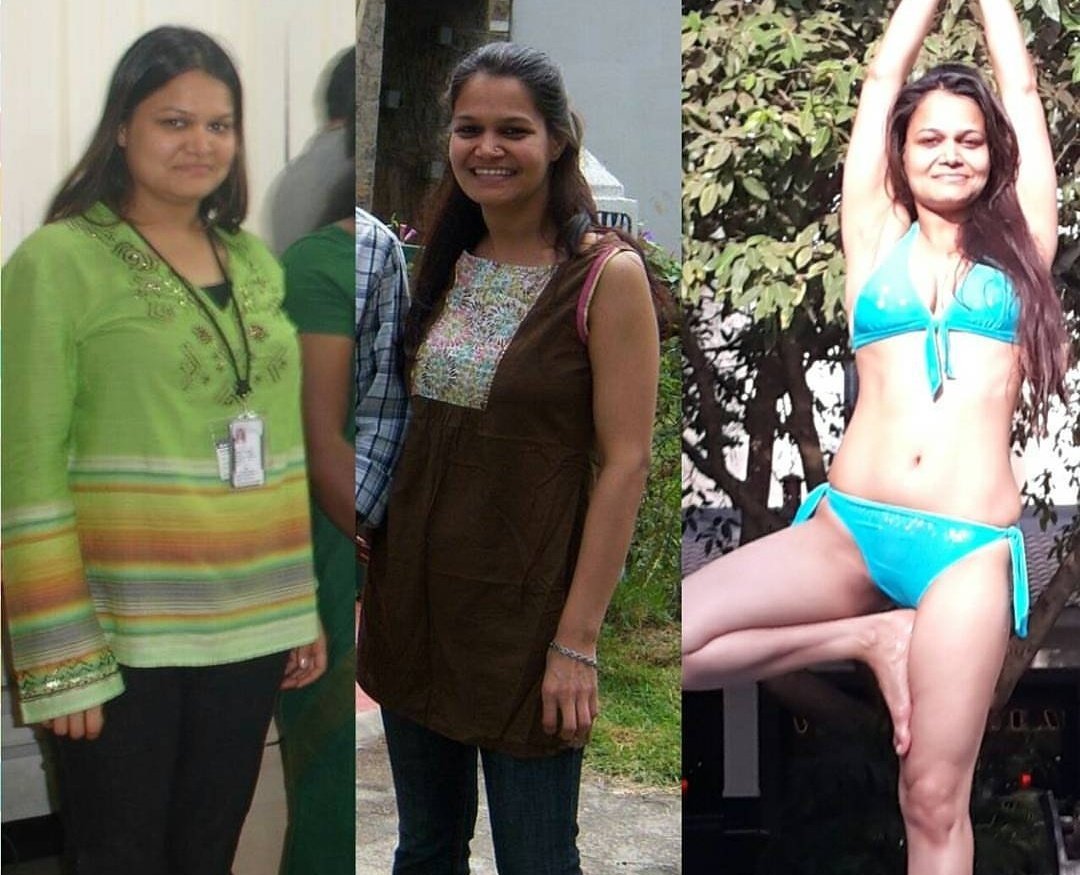
Health and fitness are about balance than anything else. It’s an irony that I’m in a balancing asana on the far right. The more balanced you are, the fitter you get.
